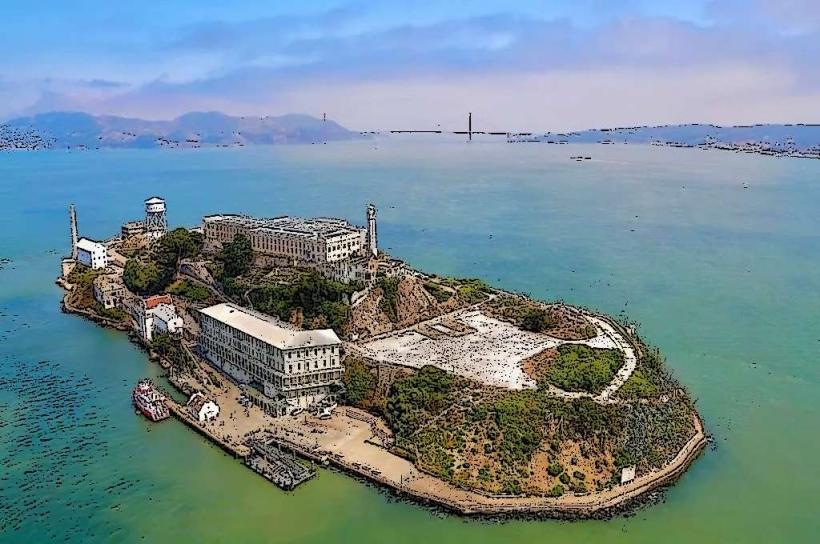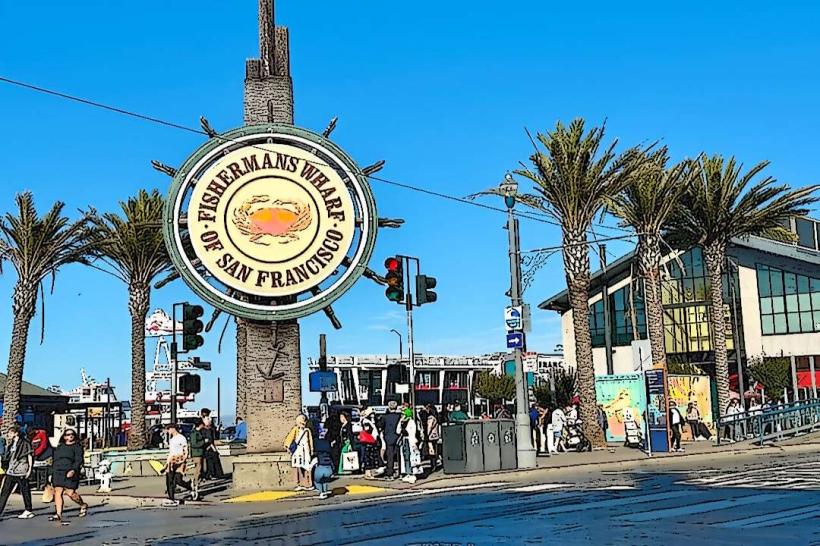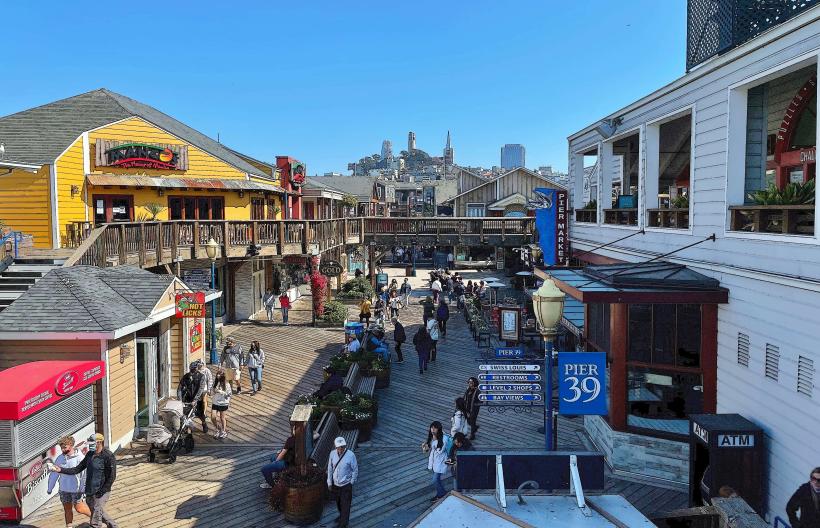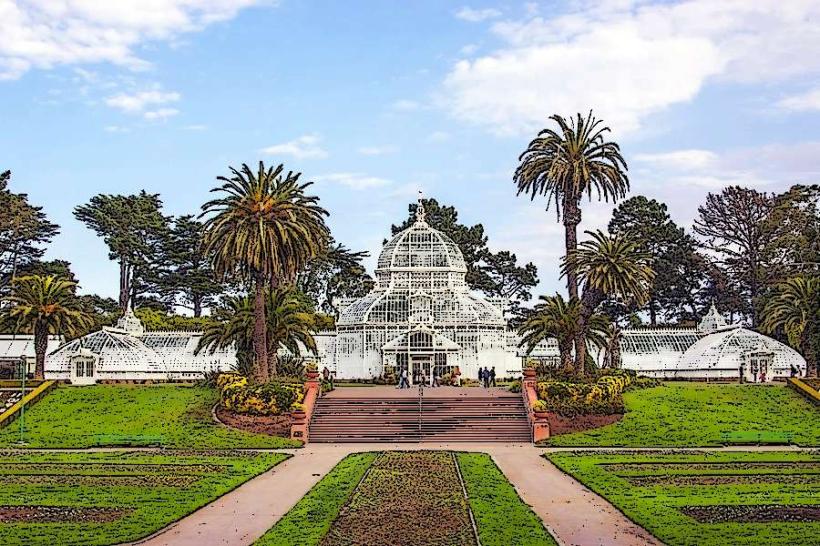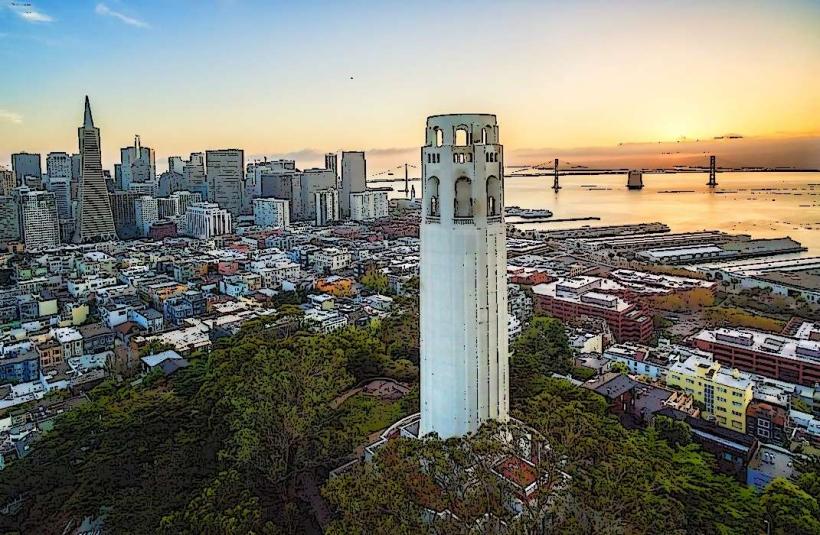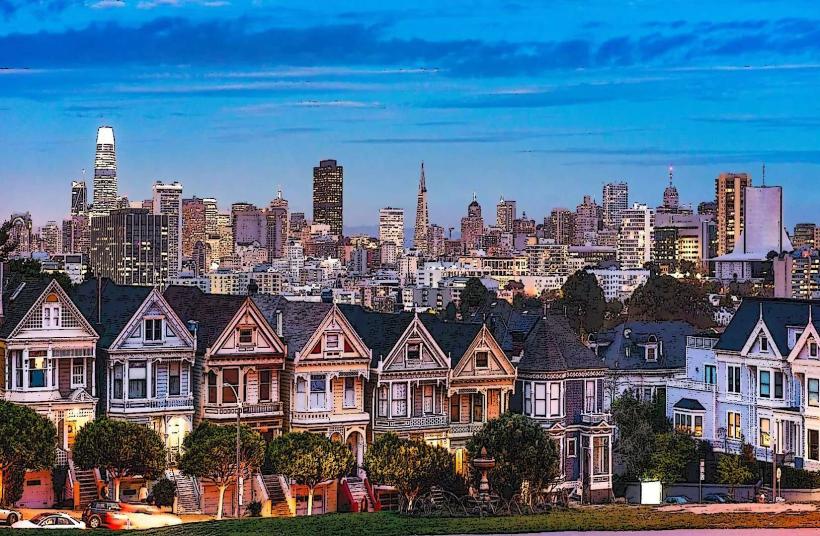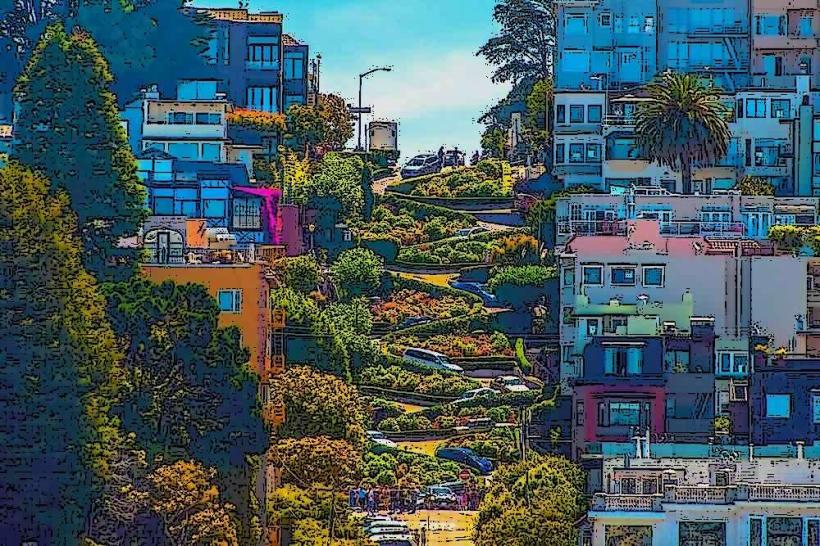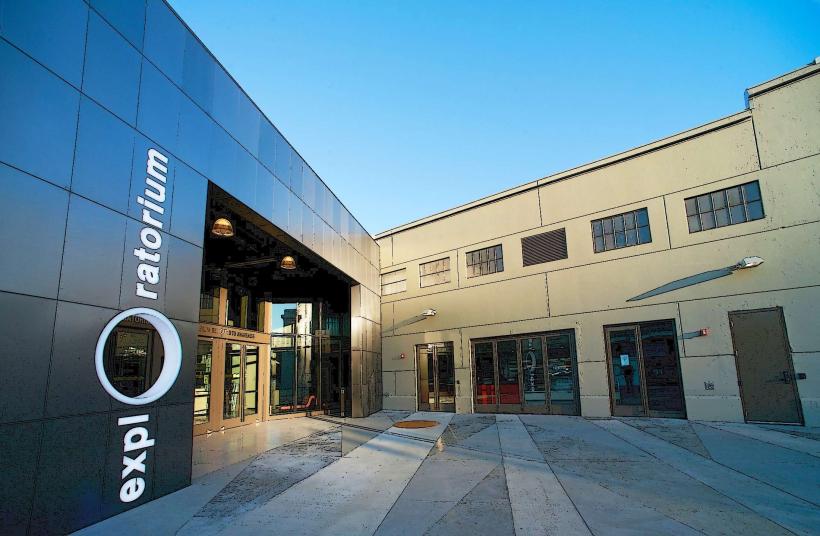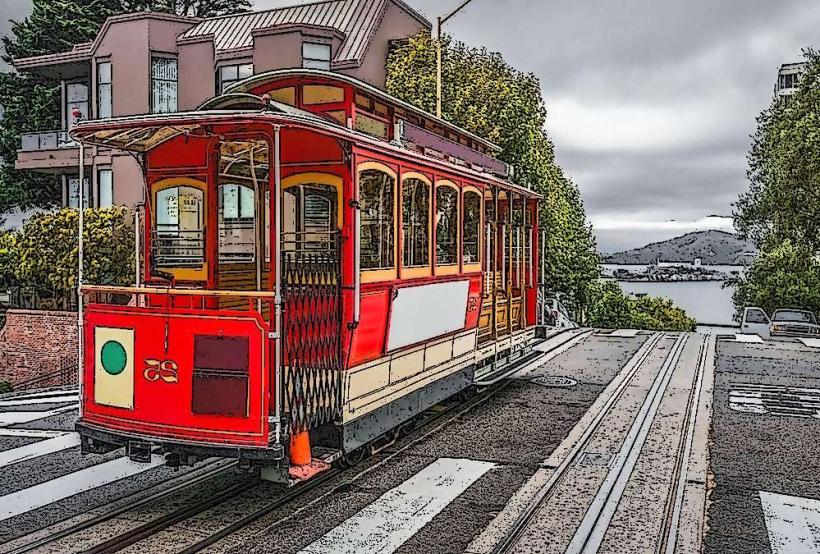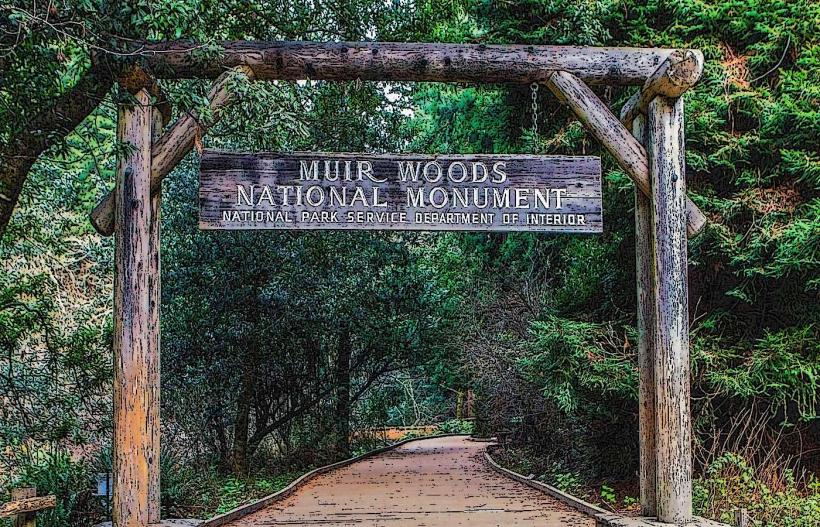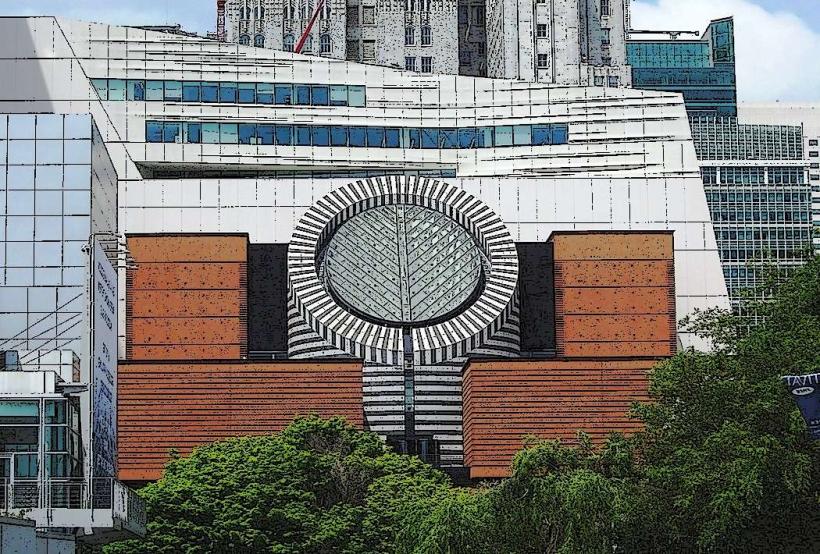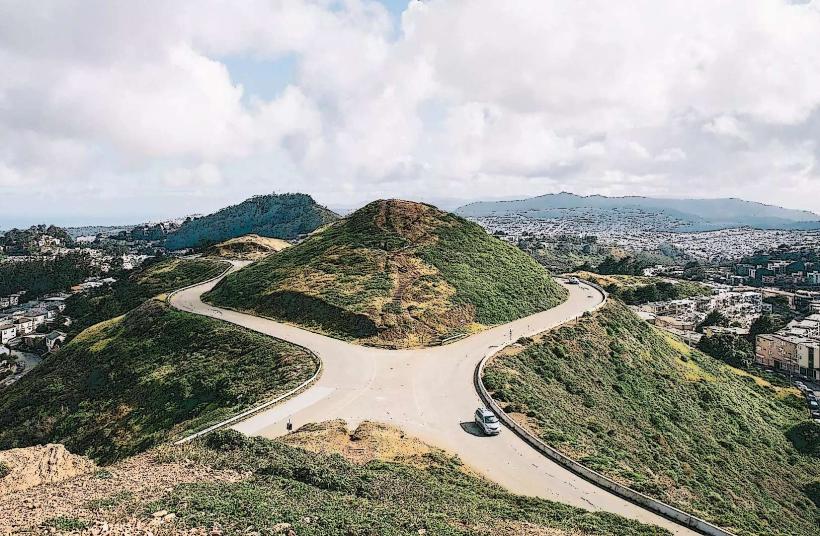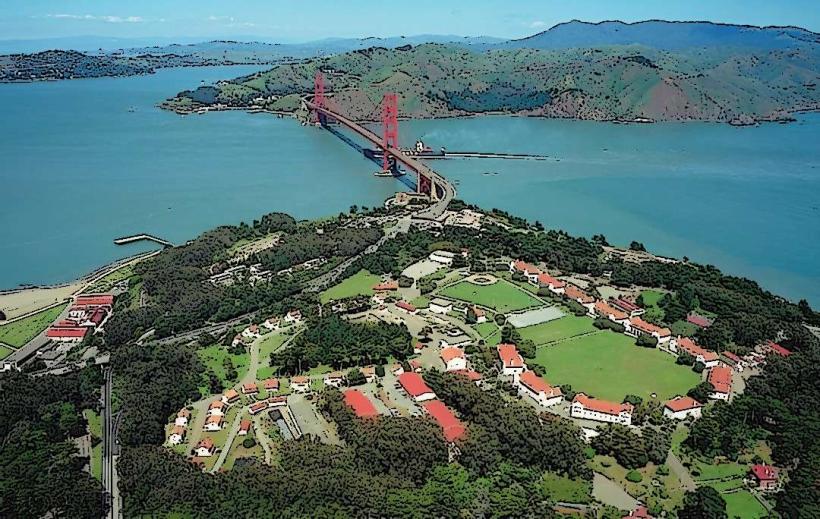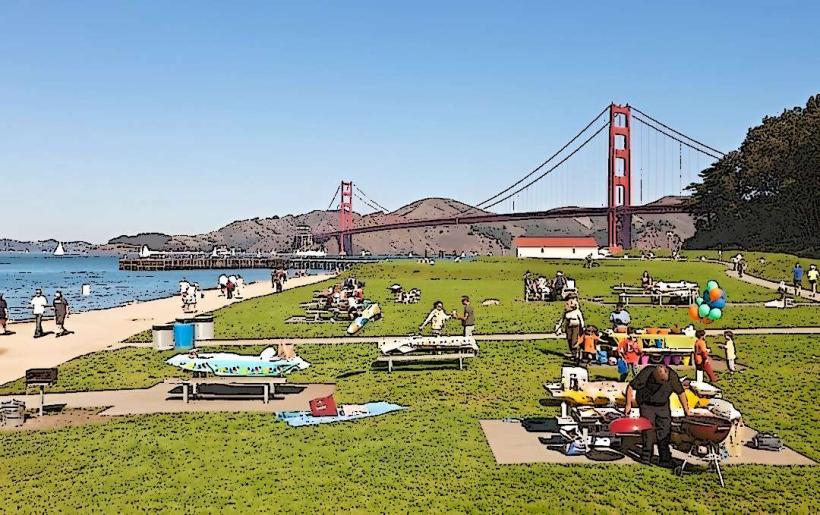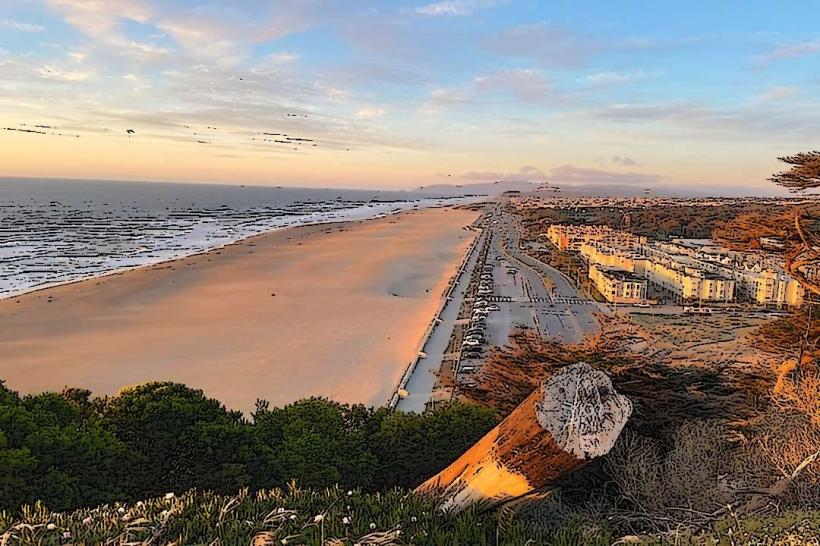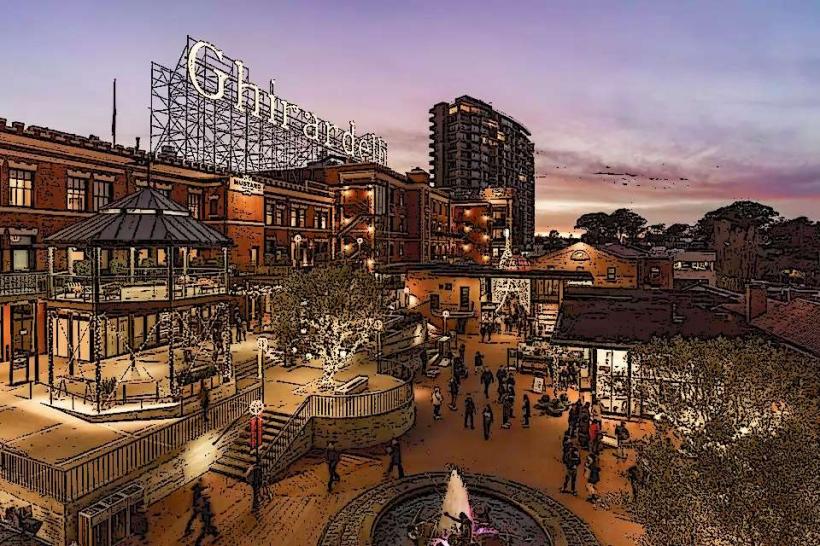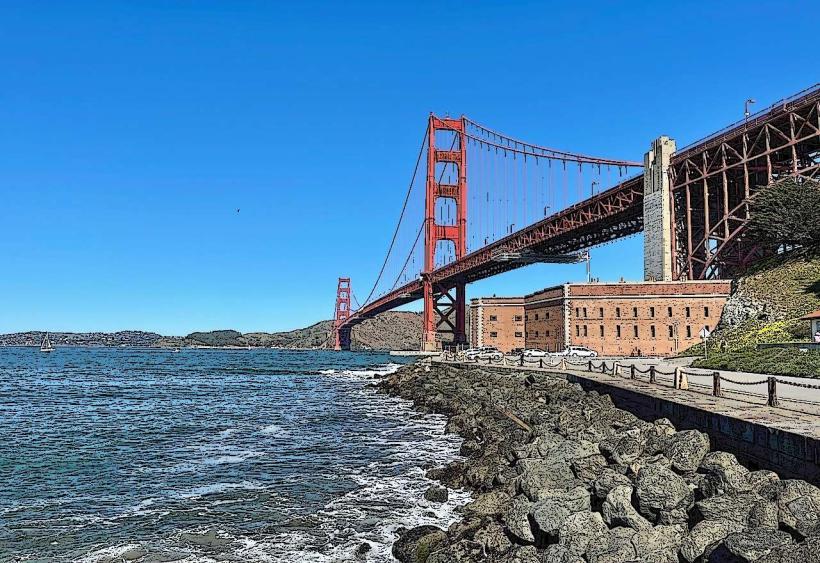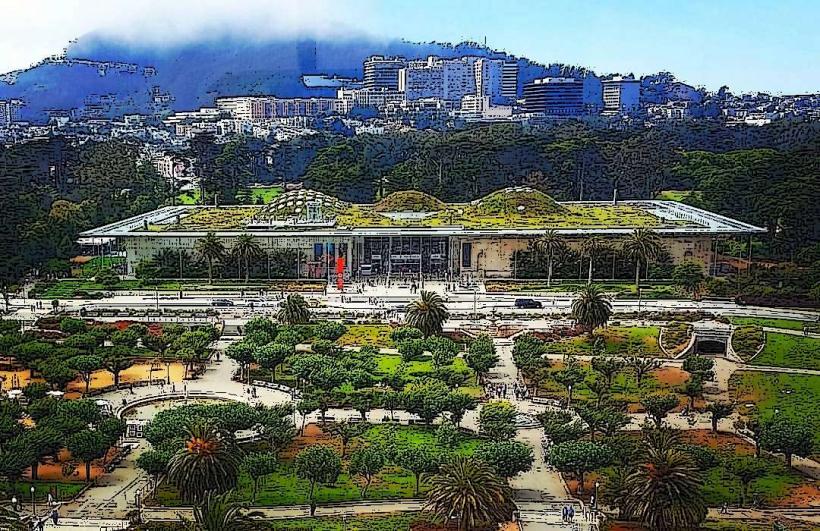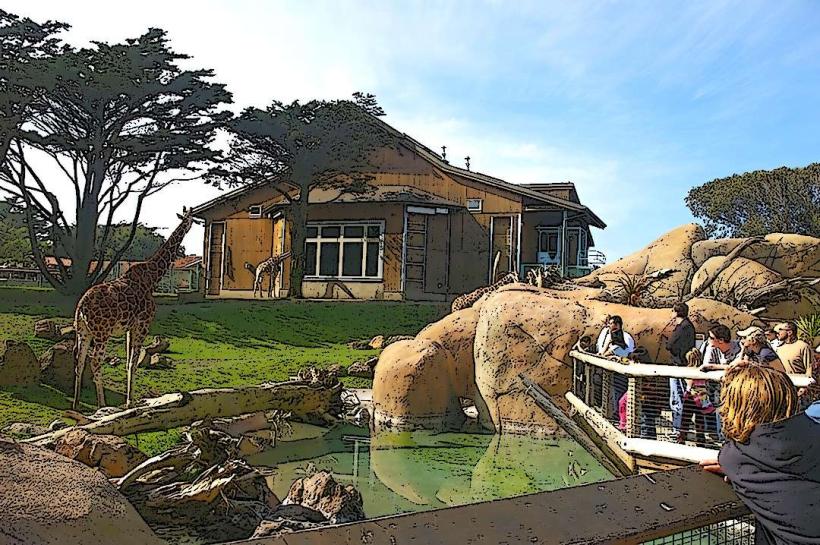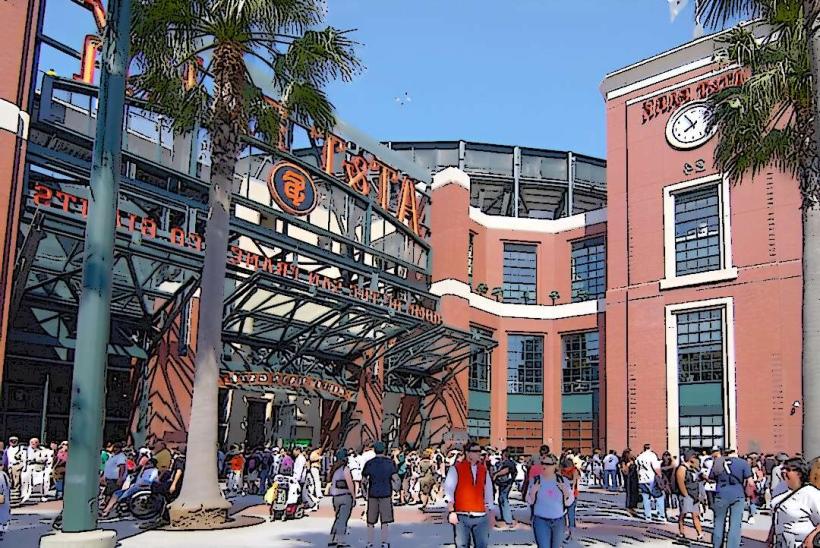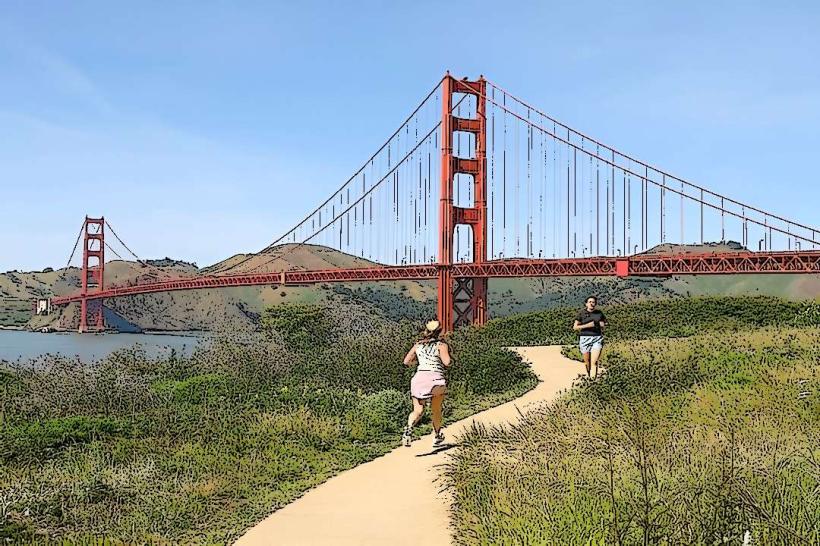Information
Landmark: San Francisco’s ChinatownCity: San Francisco
Country: USA California
Continent: North America
San Francisco’s Chinatown, San Francisco, USA California, North America
Chinatown in San Francisco is one of the oldest, most vibrant, and historically rich Chinese communities outside of Asia. Located in the heart of the city, San Francisco’s Chinatown is both a bustling commercial district and a vibrant cultural hub, offering visitors a glimpse into the traditions, customs, and history of Chinese Americans.
History and Origins
Founded in 1848: San Francisco’s Chinatown was established in the mid-19th century, making it the oldest Chinatown in North America. The first Chinese immigrants arrived in California during the Gold Rush, seeking work and opportunities. Many Chinese workers were employed in mining, railroads, and other labor-intensive industries.
Early Struggles and Growth: The early Chinese community faced significant discrimination and hostility from the broader population. Anti-Chinese sentiment led to laws that restricted Chinese immigration and employment opportunities, but the Chinese immigrants persevered, establishing a strong cultural and community foundation in the area.
Earthquake and Reconstruction: In 1906, the San Francisco earthquake and the subsequent fires devastated much of Chinatown, but the community quickly rebuilt. During the early 20th century, Chinatown became a symbol of cultural resilience, and it became a major tourist destination by the mid-20th century.
Cultural Significance
Chinatown is a living testament to the Chinese-American experience and the influence of Chinese culture in San Francisco. It serves as a gathering place for Chinese-Americans to maintain traditions and customs while also sharing their culture with visitors from all over the world.
Chinese Traditions and Festivals: The neighborhood is known for its celebrations of Chinese festivals, including the Chinese New Year. The Chinese New Year Parade in Chinatown is one of the largest celebrations of its kind outside of Asia, featuring vibrant parades, dragon dances, traditional music, and fireworks. The Mid-Autumn Festival is also widely celebrated, marking the harvest season with mooncakes, lanterns, and public performances.
Cuisine: One of the most defining features of Chinatown is its diverse and delicious cuisine. The neighborhood is home to a wide variety of Chinese restaurants, offering everything from dim sum to Peking duck. Food is a vital part of the cultural experience in Chinatown, with countless eateries serving traditional dishes from various regions of China, such as Cantonese, Sichuan, and Shanghai cuisine.
Traditional Practices: Visitors can find Chinese herbal medicine shops, fortune tellers, and temples that offer a glimpse into traditional Chinese practices. The neighborhood is rich in symbolism, with architecture, art, and public spaces reflecting elements of Chinese philosophy, such as feng shui and Chinese symbolism.
Landmarks and Attractions
Chinatown is full of historic landmarks and cultural attractions that showcase its rich heritage. These sites provide visitors with a deeper understanding of the neighborhood's history and cultural importance.
Dragon Gate: The Dragon Gate, located at the southern entrance of Chinatown at Grant Avenue and Bush Street, is one of the most iconic symbols of Chinatown. This ornate archway features intricate carvings of dragons and other Chinese motifs. It marks the official entrance into Chinatown and is a popular photo spot for tourists.
Grant Avenue: The main street of Chinatown, Grant Avenue, is lined with historic buildings, shops, and restaurants. This street has been the cultural heart of Chinatown for over a century, and walking down it offers visitors a chance to experience the sights, sounds, and smells of the neighborhood. It's the perfect place for shopping, whether you’re looking for Chinese silk garments, jade jewelry, herbal remedies, or unique souvenirs.
Waverly Place: Known for its hidden courtyards, bamboo trees, and teahouses, Waverly Place is an excellent spot to explore Chinatown’s traditional side. It’s also home to the Tin How Temple, one of the oldest Chinese temples in the city, dedicated to the goddess of the sea and protector of fishermen and sailors.
Chinatown Alleys: Hidden throughout the neighborhood are several narrow alleys that offer glimpses into old Chinatown, where traditional architecture and local life are preserved. Ross Alley is a notable example, known for its old fortune cookie factory.
Golden Gate Fortune Cookie Factory: Located in Ross Alley, this is one of the last remaining traditional fortune cookie factories in Chinatown. Visitors can see how fortune cookies are made by hand and can sample freshly baked cookies.
Chinese Historical Society of America Museum: This museum is dedicated to preserving the history and contributions of Chinese Americans. It offers a variety of exhibitions related to the immigration experience, Chinese-American culture, and Chinatown's development.
Old Saint Mary’s Cathedral: Originally built in the 1850s, this cathedral was the first stone church in California and is located on California Street in Chinatown. The church played an important role in Chinatown's history, especially as a symbol of the survival of the Chinese-American community.
Swan Oyster Depot: While not technically a Chinese establishment, this famous seafood restaurant on Polk Street has been serving fresh seafood to Chinatown residents for decades and remains a popular stop for both locals and tourists.
Shopping and Markets
Chinatown is a shopper’s paradise, with many shops selling traditional and unique goods. Visitors can explore stores selling everything from Chinese tea, incense, and ceramics to Chinese art and silk garments.
Herb Shops: Traditional Chinese herbal medicine is widely available in Chinatown. Shops like Golden Jade Herb Co. and Siu Kee Herbal sell a variety of herbs used for medicinal purposes, such as ginseng, dried mushrooms, and remedies for ailments like colds and digestive issues.
Bazaars and Markets: Chinatown is home to bustling markets such as the Chinatown Bazaar and Canton Bazaar, where you can find everything from Chinese spices, tea sets, and vibrant fabrics to jewelry and traditional Chinese clothing.
Street Markets: In addition to stores, Chinatown has vibrant street markets, where vendors sell fresh produce, dried goods, and flowers. The markets add a lively and colorful element to the neighborhood’s atmosphere.
Architecture
The architecture of Chinatown reflects both traditional Chinese styles and American influences. The neighborhood is filled with pagoda-style roofs, red lanterns, and decorative tiles, all of which give the area a distinct, visually rich atmosphere.
Buildings: Many buildings in Chinatown are adorned with intricate carvings, ceramic tiles, and dragons, which are symbolic of Chinese culture. These architectural elements are meant to bring good luck and fortune to businesses and residents.
Modern Chinatown
Despite its rich history, Chinatown continues to evolve. In recent years, the neighborhood has become a center for tourism, but it also remains a lively residential area with a thriving local community. Today, you’ll find modern businesses, restaurants, and cultural events alongside the traditional aspects of Chinatown.
Community Hub: Chinatown remains a place where generations of Chinese-American families live and work. It is home to temples, schools, and community organizations that help preserve the traditions of the area.
Tourist Destination: While Chinatown attracts millions of tourists each year, it also serves as a hub for ethnic Chinese people from around the world. The neighborhood continues to thrive and adapt, blending old and new traditions seamlessly.
Conclusion
San Francisco’s Chinatown is a must-visit destination that offers a unique blend of cultural heritage, historical significance, and vibrant modern life. Whether you’re exploring the narrow alleys, tasting traditional Chinese cuisine, shopping for unique goods, or learning about the neighborhood’s history, Chinatown is a cultural treasure trove. It is a living, breathing part of the city’s identity, offering a glimpse into the past while embracing the future.


